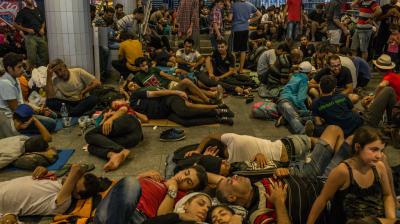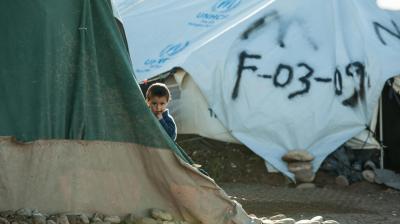Migration: Returns at what cost
The introduction in 2016 of the comprehensive EU migration partnership strategy with the countries of the north and western Africa has already produced an uneven record - both in terms of policy effectiveness and in terms of impact on the credibility of other long-standing EU policy commitments. Created at a long series of summits and conferences in the past decade, the series of policy measures and financial incentives offered through various agreements and specifically designed funding envelopes has had as its main ambition to lower the number of migrants to the EU by a combination of four main sets of measures:
-
security measures aimed at discouraging and preventing irregular arrivals (border controls, surveillance etc.)
-
measures aimed at tackling the root causes of mass migration (such as job creation, development projects etc.)
-
measures aimed at supporting refugeehosting countries (such as humanitarian and structural development assistance)
-
measures aimed at ensuring orderly returns of all irregular migrants or people whose asylum request has been rejected to their countries of origin – or countries of residence prior to arrival
In the course of the past two years notable – if not always unequivocally seen as positive – advances have been made in terms of curbing arrivals and dispersing funding aimed at addressing root causes and supporting refugee-hosting countries. But the question of returns and readmissions has proven to be an extraordinarily difficult one to tackle, with most of the targeted countries of origin and transit showing clear reluctance to accept organized mass returns of their citizens from the EU.
This policy brief looks at the underlying challenges of implementing EU returns agenda from the point of view of both EU and individual member states – and from the point of view of the countries of origin/transit. It does so on the parallel example of two seemingly quite different cases – Senegal and Morocco. It is our contention that these cases despite their seeming differences, which would be elaborated in the brief, hold similar valuable lessons about the importance of understanding and taking into account the role of migration in the political economy of the target countries in order to design effective migration management policies – and also understanding the risks and limitations of making returns the symbolic and real spear point of EU migration agenda.
Follow @Ana Uzelac and @Clingendaelorg on Twitter for our latest publications







